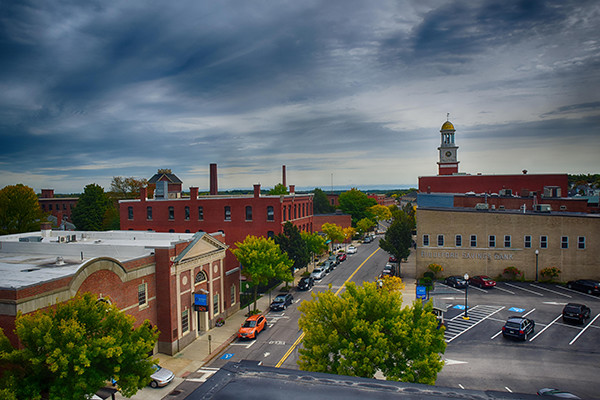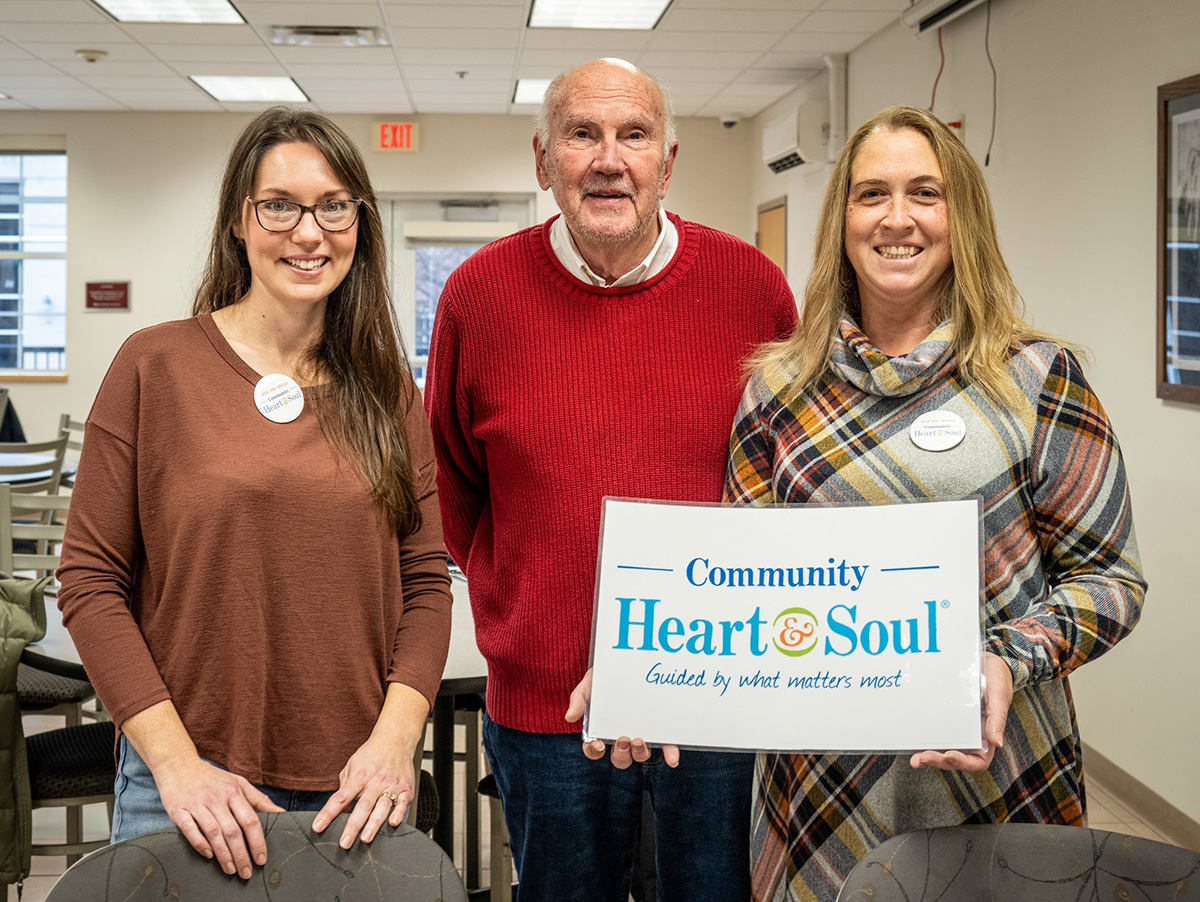How One Town Set Out to Write a Plan that People Would Read

Not unlike most town plans, the Essex, Vermont, Town Plan was 280 pages long, mostly text with an occasional chart or graph. Not exactly a page turner. When it came time to revise the plan, city officials decided to give it a makeover, and they looked to Community Heart & Soul™ for inspiration.
Heart & Soul of Essex was a two-year project that offically wrapped up in 2014, though the organization continues to work for positive change in the community.
The 2016 Town Plan has a whole new look. It’s less than half the size at 124 pages and features color photos, sidebars and graphics. The online version features links out to further documents and policy, which helped trim the document.
Content was revamped, too. The Heart & Soul of Essex vision statement and six Heart & Soul value statements are included. The first chapter is devoted to an action plan with goals, time frames, and cost estimates spelled out. In the old plan this section was buried at the back, without as much detail on delivery.
The plan won the Vermont Planners Association 2016 Town Plan of the Year award.
“Hands down, everybody thought it was far and away the best,” said Shanna Saunders, president of the New Hampshire Planners Association, the group responsible for judging plans. “The extent of public outreach they did really wowed people.”
In rethinking what a town plan could be, planners turned to the precedent and the plan created by Heart & Soul of Essex.
“We wanted to make the town plan distinctive, to make people feel they were a part of it,” said Dana Hanley, director of community development. “We wanted to do something really different that would make people actually read it, because everyone always tells us they never read the town plan.”
Heart & Soul set a precedent for community engagement that meant both planners and residents were receptive to a participatory process, said Liz Subin, coordinator of the Heart & Soul of Essex. Planners held a photo and art contest to collect images for the plan and held meetings in neighborhoods to gather input.
“They really saw the opportunity for the plan to be something other than one that historically sits on the shelf, that nobody interacts with,” Subin said. “If it was a vibrant, living thing it could help them do their jobs and help the community feel more connected, and this plan does that.”
Best of all, Hanley is now hearing from residents who are reading the plan.




